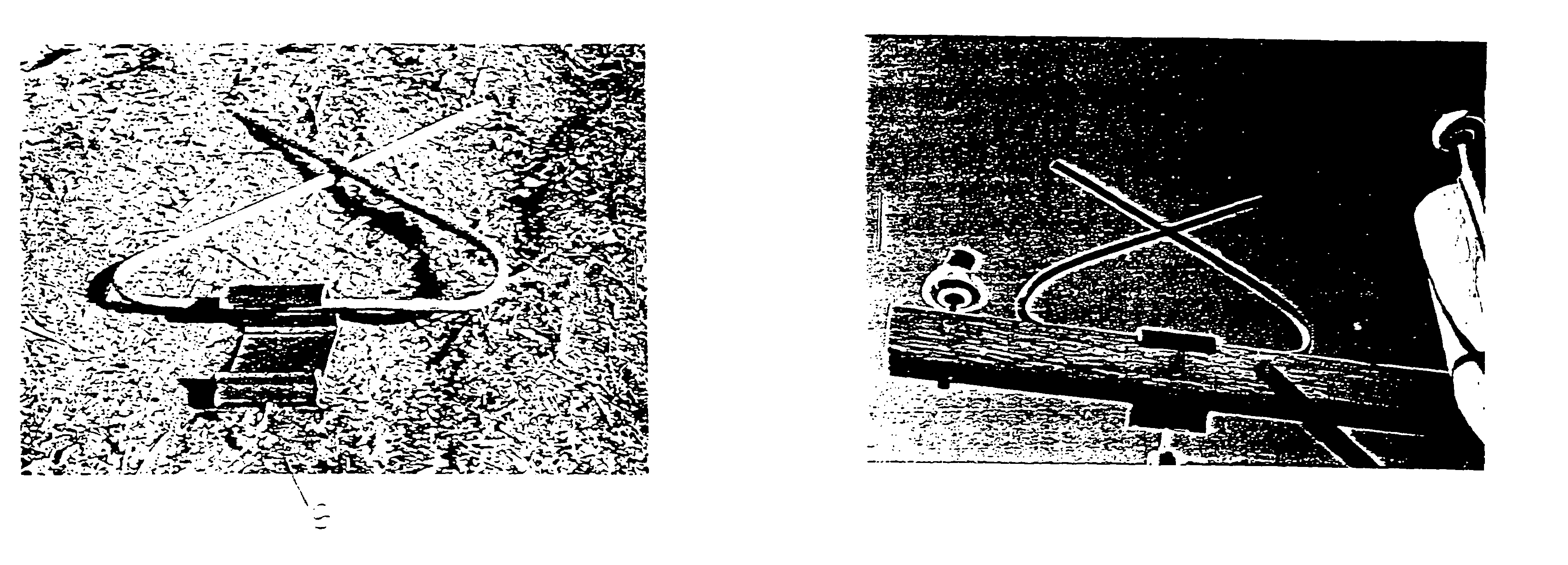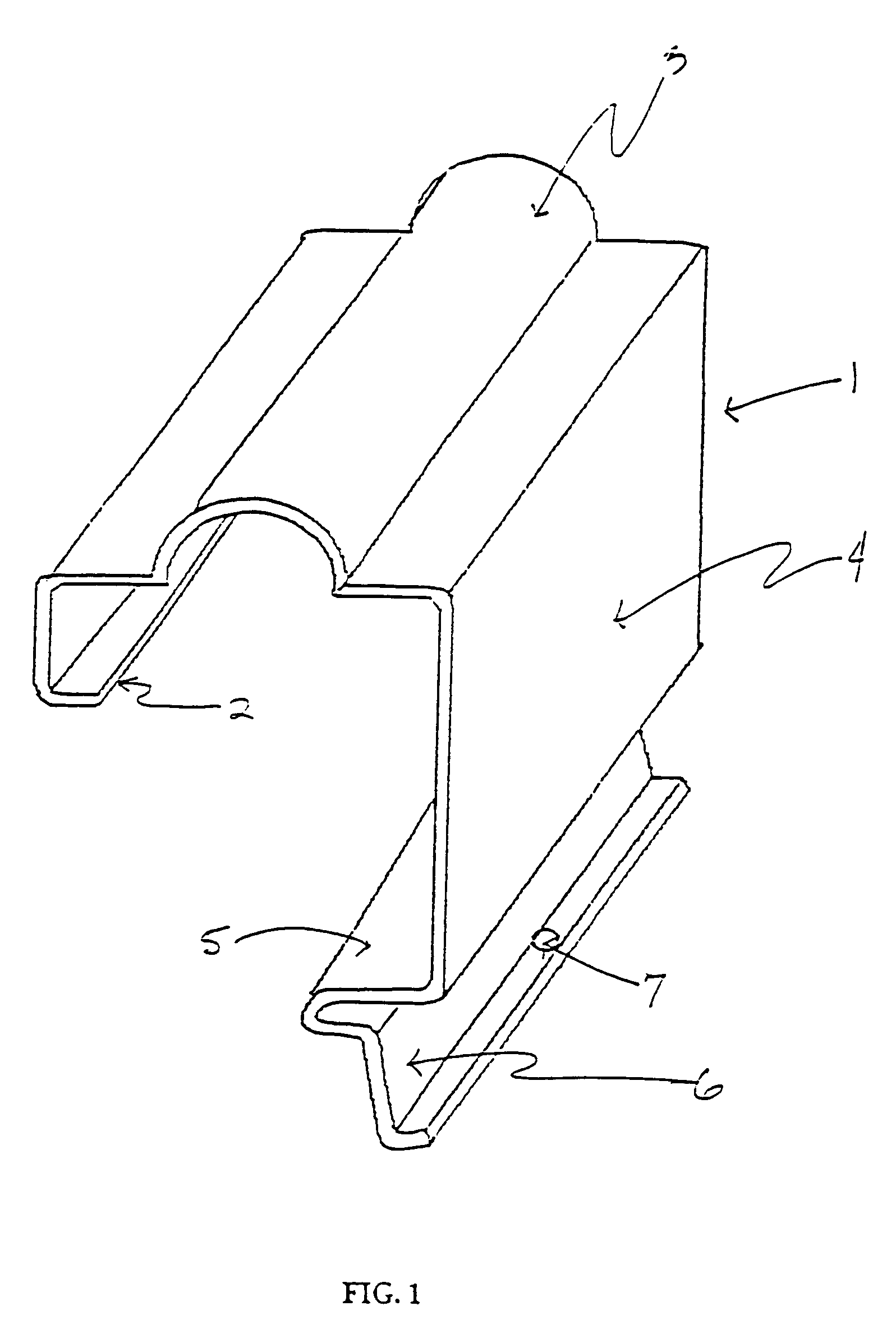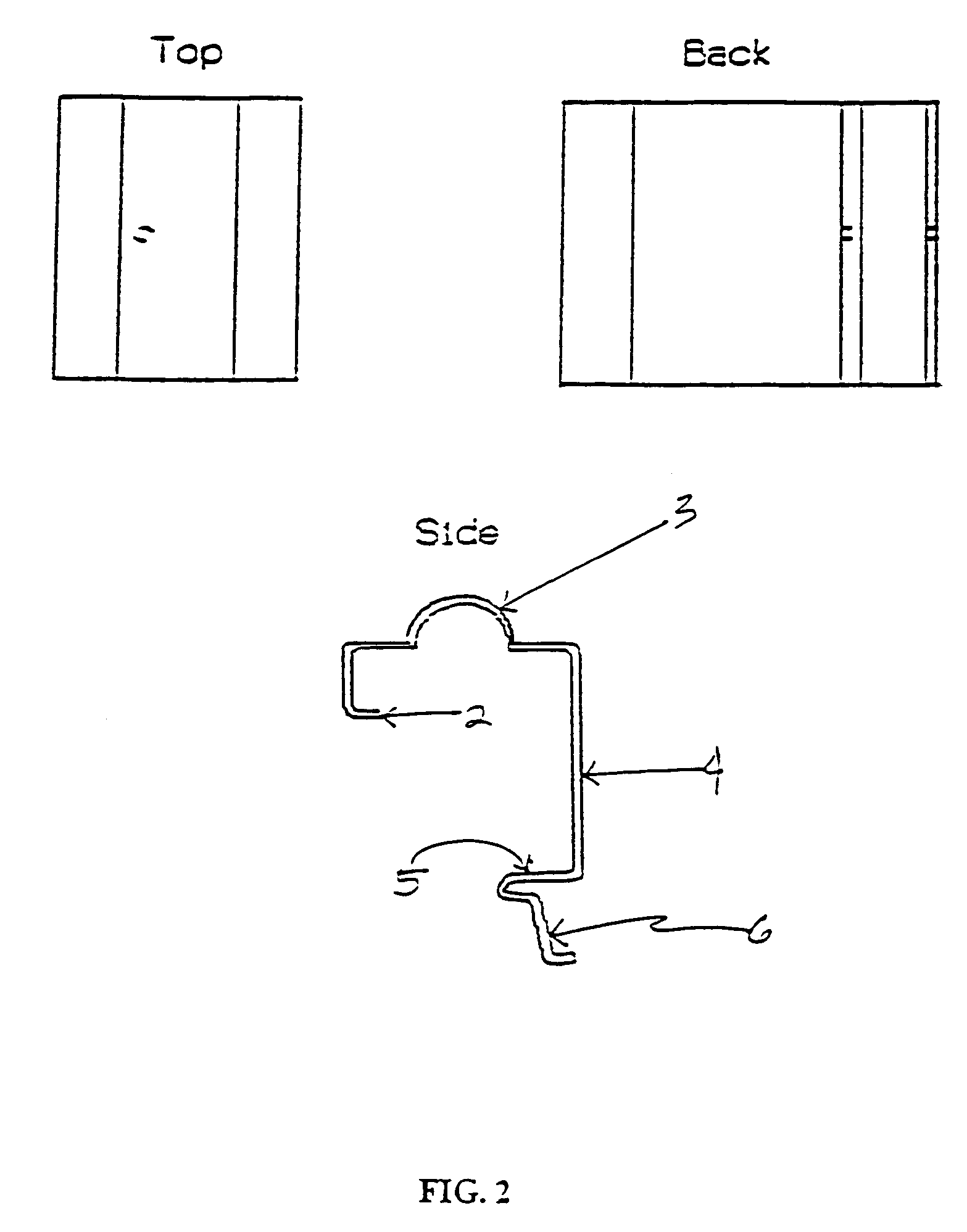Raptor guard system
a technology for raptors and guardians, applied in the installation of lighting conductors, threaded fasteners, bolts, etc., can solve the problems of significant damage to structures, power outages interrupting electrical service to utility customers, and difficulty in deterring animals from using man-made or natural structures, etc., to save consumers and power companies the costly inconvenience of electrical power outages. , to save animals from electrocution
- Summary
- Abstract
- Description
- Claims
- Application Information
AI Technical Summary
Benefits of technology
Problems solved by technology
Method used
Image
Examples
Embodiment Construction
[0039]The instant animal deterrent inventions provide a cost-effective, non-electrically conductive products which can be safely, easily and efficiently placed on a naturally occurring or man-made structure such as an energized electrical structure. The animals for which the deterrents are intended could be small such as squirrels or raccoons, or could be larger such as a cats, or could be a bird such as a eagle, hawk, owl, falcon or the like.
[0040]Now referring primarily to FIGS. 1 to 7, the first animal deterrent invention described involves a variably sized visual and mechanical animal barrier which may be coupled to a variety of interchangeable mounts to deter animals from using structures.
[0041]The invention may be conformed to effectively measure the size of the animal for which the deterrent is intended and provides a mechanical deterrent for that size of animal. This aspect of the invention simultaneously allows smaller birds, for example, which because of their small size a...
PUM
 Login to View More
Login to View More Abstract
Description
Claims
Application Information
 Login to View More
Login to View More - R&D
- Intellectual Property
- Life Sciences
- Materials
- Tech Scout
- Unparalleled Data Quality
- Higher Quality Content
- 60% Fewer Hallucinations
Browse by: Latest US Patents, China's latest patents, Technical Efficacy Thesaurus, Application Domain, Technology Topic, Popular Technical Reports.
© 2025 PatSnap. All rights reserved.Legal|Privacy policy|Modern Slavery Act Transparency Statement|Sitemap|About US| Contact US: help@patsnap.com



